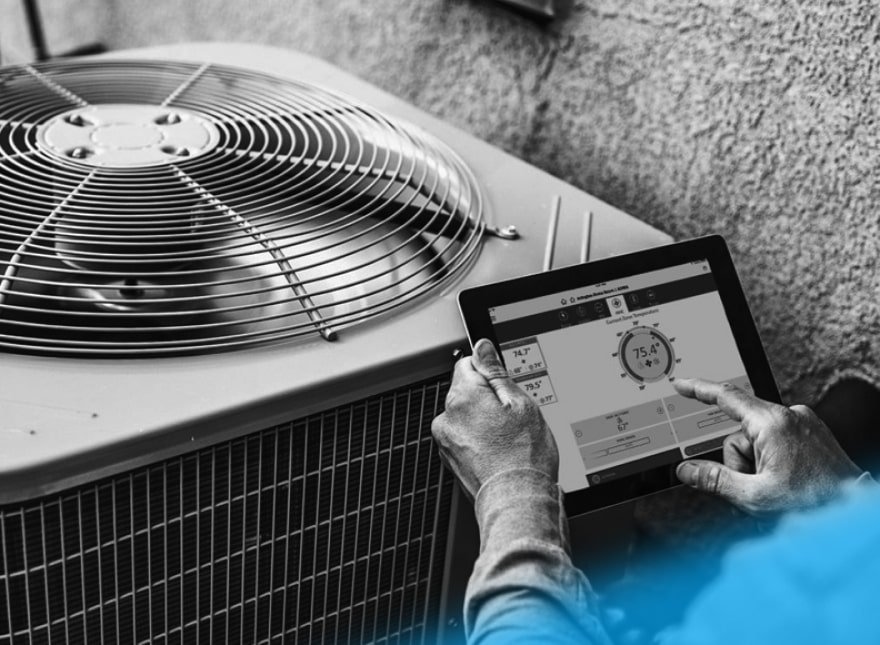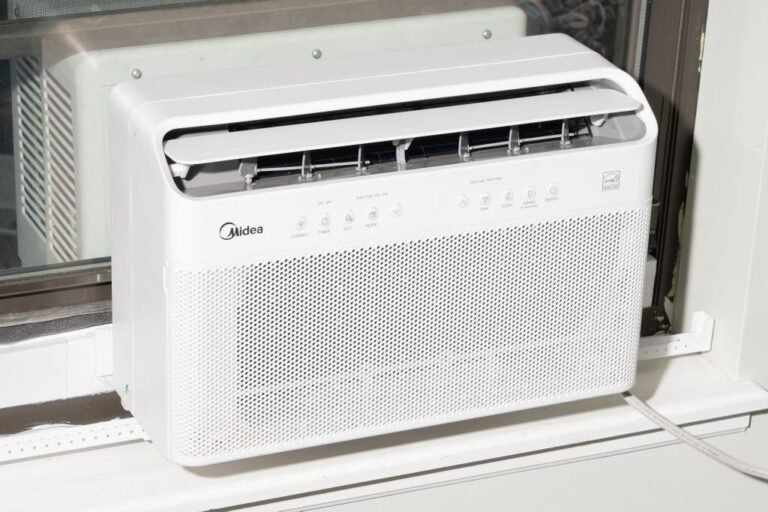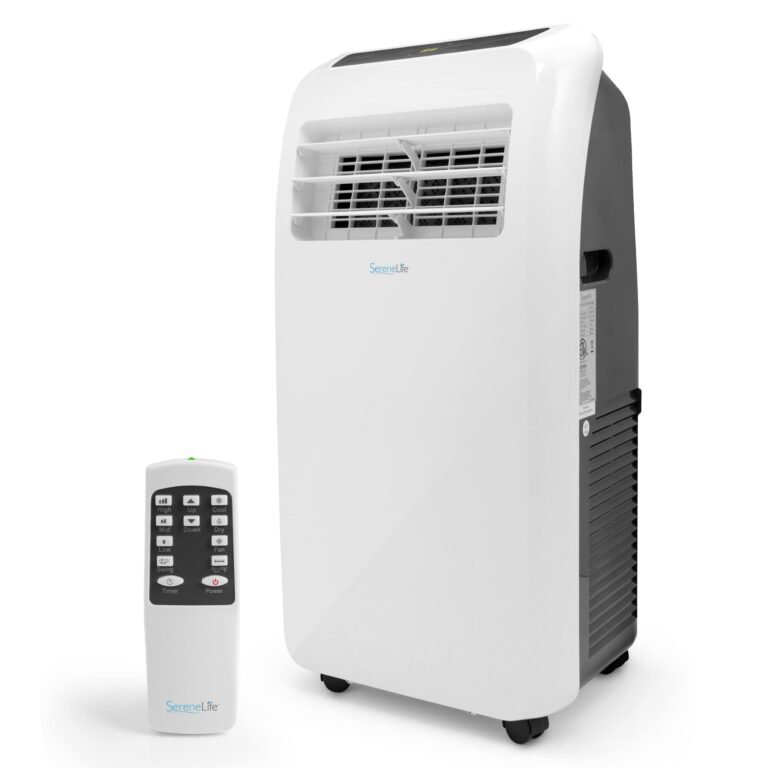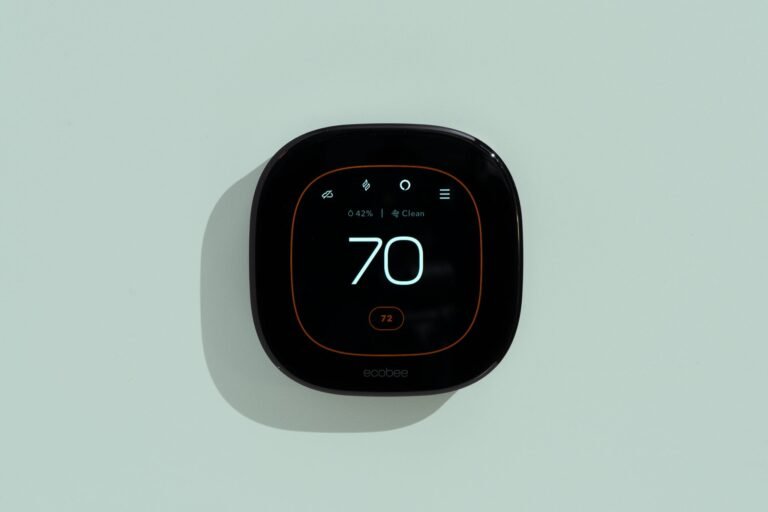How to Test Home AC Thermostat: Expert Tips for Accurate Results
To test a home AC thermostat, use a digital multimeter to check for continuity and proper voltage. A properly functioning thermostat is essential for maintaining a comfortable temperature in your home.
However, if you suspect that your thermostat is not working as it should, it is important to test it to ensure proper functionality. By following a few simple steps and using the right tools, you can test your home AC thermostat to determine if it is working effectively.
We will guide you through the process of accurately testing your thermostat, ensuring that your home remains comfortable and energy-efficient.
Signs Of A Faulty Thermostat
Signs of a Faulty Thermostat:
Understanding common symptoms is crucial to identifying whether your home AC thermostat is faulty. Keep an eye out for the following signs:
- Unusual temperature fluctuations: If you notice inconsistent changes in temperature throughout the day, it could be a sign of a faulty thermostat. Your AC may not be able to maintain a consistent temperature.
- Inconsistent cooling or heating: If your AC is blowing hot air when it should be cooling or vice versa, it could indicate a problem with the thermostat. It may not be properly communicating with the HVAC system.
- Non-responsive thermostat display: If the display on your thermostat is unresponsive or erratic, it could be a sign of a faulty thermostat. This may prevent you from accurately adjusting the temperature.
Identifying these symptoms will help you determine if your thermostat needs to be tested or replaced. Contact a professional technician to diagnose and resolve the issue.
Preparing For Testing
To test your home AC thermostat, it is important to follow some preparation steps. The first step is shutting off the power to the thermostat. This can be done by turning off the breaker in your electrical panel related to the AC unit. Once the power is off, it is recommended to gather necessary tools such as a screwdriver, pliers, and a multimeter. These tools will be used to check the compatibility of your thermostat model. Check the documentation or the manufacturer’s website to ensure compatibility with your specific model. It is important to note that each thermostat may have different testing methods, so it is crucial to refer to the manufacturer’s instructions for accurate testing procedures.
Testing The Thermostat
Testing the thermostat is an essential step in ensuring that your home AC system functions optimally. Start by checking for power supply issues. Make sure that the AC unit is receiving power and the circuit breaker hasn’t tripped. Next, verify the thermostat programming. Ensure that the set temperature and mode settings are accurate and match your desired comfort level. To test temperature accuracy, you can use a separate thermometer and compare it to the temperature displayed on the thermostat. If there’s a significant difference, you may need to recalibrate the thermostat or consider replacing it. Finally, check the thermostat’s responsiveness. Adjust the temperature or mode settings and observe whether the AC system reacts accordingly and produces the expected results. If there’s a delay or no response, there may be an issue with the thermostat or the wiring connection.
Testing Heating Function
Testing Heating Function
Adjusting thermostat to heat mode: To test the heating function of your home AC thermostat, start by adjusting the thermostat to the heat mode. This will activate the heating system.
Monitoring heating system startup: Once the thermostat is set to heat mode, observe the heating system’s startup process. Pay attention to any unusual noises or delays in starting up.
Verifying warm air output: Next, check the warm air output from the vents. Place your hand near the vents to ensure that warm air is being delivered effectively. If the air seems cool or weak, there may be an issue with the heating system.
Assessing thermostat’s impact on overall performance: Lastly, evaluate the thermostat’s impact on the overall performance of the heating system. Note if the desired temperature is achieved and if the system maintains a consistent level of warmth. If there are any inconsistencies or malfunctions, it may indicate a problem with the thermostat.
Testing Cooling Function
Testing the cooling function of your home AC thermostat is essential to ensure optimal performance. To begin, adjust the thermostat to the cool mode by using the appropriate settings on the control panel. This will activate the cooling system and allow you to monitor its startup. Pay attention to any unusual noises or delays in the startup process, as this may indicate a problem that needs to be addressed.
Next, verify the cold air output by standing near the air vents and feeling the air temperature. Cold air should be coming out of the vents, indicating that the cooling function is working effectively. If the air is not cold or if it is warm, there may be an issue with the thermostat or the cooling system that requires further investigation.
Finally, assess the thermostat’s impact on the overall performance of your AC system. Observe whether the desired temperature is reached and maintained, and if the system cycles on and off appropriately. Any irregularities in temperature control or frequent cycling may indicate a malfunctioning thermostat.
Regularly testing your home AC thermostat’s cooling function will help identify any issues and ensure that your cooling system operates efficiently.

Credit: www.abchomeandcommercial.com
Testing Fan Function
Testing the fan function of your home AC thermostat is essential to ensure it is working properly. Understanding the fan settings is the first step in this process. Activate the fan mode on your thermostat to initiate the testing. Observe the fan operation and pay attention to any speed variations. This will help you assess the thermostat’s control over the fan. Keep an eye out for any abnormal or erratic behavior. It is important to ensure that the fan is running smoothly and at the desired speed. This testing will allow you to address any issues and ensure that your AC system is functioning efficiently.
Additional Tips For Accurate Results
Additional Tips for Accurate Results
If you want to ensure accurate results while testing your home AC thermostat, you may need to calibrate it. Calibrating the thermostat involves adjusting its settings to match a known accurate temperature source. This will help eliminate any discrepancies in temperature readings.
Performing periodic maintenance on your thermostat is also essential. Cleaning the thermostat regularly can prevent dust and debris buildup, which may affect its accuracy. Additionally, check for any loose or damaged wires and tighten or replace them if necessary.
If you are unsure about how to test or calibrate your thermostat, it is always best to consult professional help. A certified HVAC technician can provide expert guidance and ensure accurate testing procedures.
| Additional Tips for Accurate Results |
|---|
| Calibrating the thermostat if needed |
| Performing periodic maintenance |
| Consulting professional help if necessary |
Frequently Asked Questions Of How To Test Home Ac Thermostat
How Do I Test My Home Ac Thermostat?
You can test your home AC thermostat by setting the temperature to the desired level and waiting to see if the AC turns on. You can also check if the thermostat is functioning properly by using a multimeter to test its voltage readings.
If you’re unsure, it’s best to consult a professional HVAC technician.
What Are The Signs Of A Faulty Ac Thermostat?
Signs of a faulty AC thermostat include the AC not turning on or off when it should, incorrect temperature readings, and the thermostat display not functioning properly. If you notice any of these signs, it’s recommended to have your thermostat inspected and possibly replaced by a professional.
Can I Replace My Ac Thermostat Myself?
If you have basic electrical knowledge and experience, you may be able to replace your AC thermostat yourself. However, it’s important to ensure that you have the correct replacement model and to follow all safety precautions. If you’re unsure, it’s always best to hire a professional HVAC technician to handle the replacement.
Conclusion
To summarize, testing your home AC thermostat is a crucial step in ensuring its efficiency and effectiveness. By following the simple steps outlined in this blog post, you can easily diagnose any issues and take appropriate actions to rectify them.
Regularly testing your thermostat will not only optimize your cooling system’s performance but also contribute to energy savings. Remember, a well-functioning thermostat means a more comfortable living environment and lower utility bills. Take charge of your home’s temperature control by testing your AC thermostat today!






